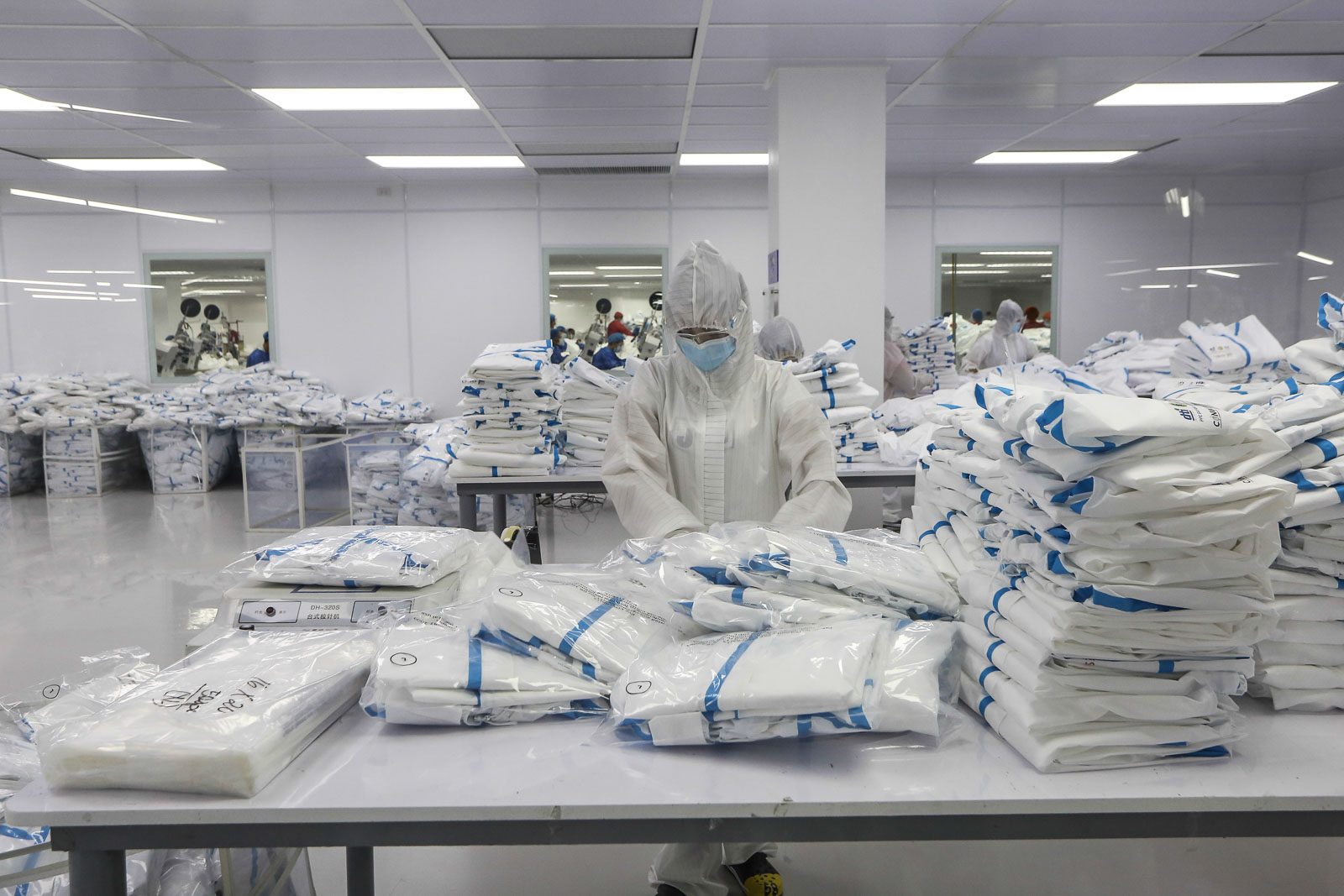SUMMARY
This is AI generated summarization, which may have errors. For context, always refer to the full article.

The Philippines’ unemployment rate rose to 8.9% in September 2021, even as the government somewhat eased restrictions despite surging COVID-19 cases.
This is the highest unemployment rate for 2021, so far, or since the Philippine Statistics Authority (PSA) began releasing monthly labor force data.
But it could also be viewed as the highest since the 10% recorded in July 2020, when the PSA released labor force data on a quarterly basis.
In a briefing on Thursday, November 4, National Statistician Dennis Mapa said the latest figure is equivalent to 4.25 million jobless Filipinos.
Last August, when Metro Manila and other urban areas were placed under enhanced community quarantine (ECQ), the unemployment rate stood at 8.1%, equivalent to 3.88 million people with no work.
The underemployment rate, or the percentage of the working population looking for more work, went down to 14.2% or 6.18 million Filipinos in September from 14.7% or 6.48 million Filipinos in August.
A total of 43.59 million Filipinos had work in September, bringing the employment rate to 91.1%. This is lower than August’s 91.9% or 44.23 million.
In the first half of September, the Philippines logged the highest number of new COVID-19 cases in a day at over 26,000, forcing President Rodrigo Duterte to keep the capital region and key cities under modified ECQ.
Metro Manila then shifted to general community quarantine with Alert Level 4, a new lockdown scheme, in the second half of September.
“These results were expected as many parts of the country remained under stringent and blanket quarantines for most of the survey period,” said Socioeconomic Planning Secretary Karl Chua.
Sectors
Mapa explained that bad weather conditions contributed to the increase in unemployment in September.
Some 862,000 jobs in agriculture and forestry were lost in September, the highest among industries.
Typhoon Jolina (Conson) affected some 30,000 hectares of agricultural land across the regions of Central Luzon, Calabarzon, Mimaropa, Bicol, Western Visayas, Central Visayas, and Eastern Visayas. This decline came after the sector regained 1.9 million jobs in August.
Manufacturing also lost some 343,000 jobs, followed by information and communication (126,000), mining and quarrying (75,000), and real estate activities (69,000).
Meanwhile, wholesale and retail trade registered the largest increase at 353,000, followed by public administration and defense (118,000), education (115,000), construction (105,000), and administrative and support services (89,000).
Employment increased by 414,000 in the services sector, mostly driven by wholesale and retail trade, tempering the net employment loss in September.
The government’s economic managers expect employment figures to improve in the coming months, as the economy reopens due to the decline in COVID-19 cases.
“Overall, the economy has generated 1.1 million employment above the pre-pandemic level. This signals the Philippines’ continuing recovery. We look forward to the expansion of the alert level and granular lockdown system to the whole country to recover more jobs and livelihoods,” Chua said.
The National Economic and Development Authority estimated that the total cost of the coronavirus’ strain on the health system and the lockdowns would be P41.4 trillion over the next 40 years. – Rappler.com
Add a comment
How does this make you feel?
![[ANALYSIS] A new advocacy in race to financial literacy](https://www.rappler.com/tachyon/2024/04/advocacy-race-financial-literacy-April-19-2024.jpg?resize=257%2C257&crop_strategy=attention)


![[In This Economy] Can the PH become an upper-middle income country within this lifetime?](https://www.rappler.com/tachyon/2024/04/tl-ph-upper-income-country-04052024.jpg?resize=257%2C257&crop=295px%2C0px%2C720px%2C720px)

There are no comments yet. Add your comment to start the conversation.